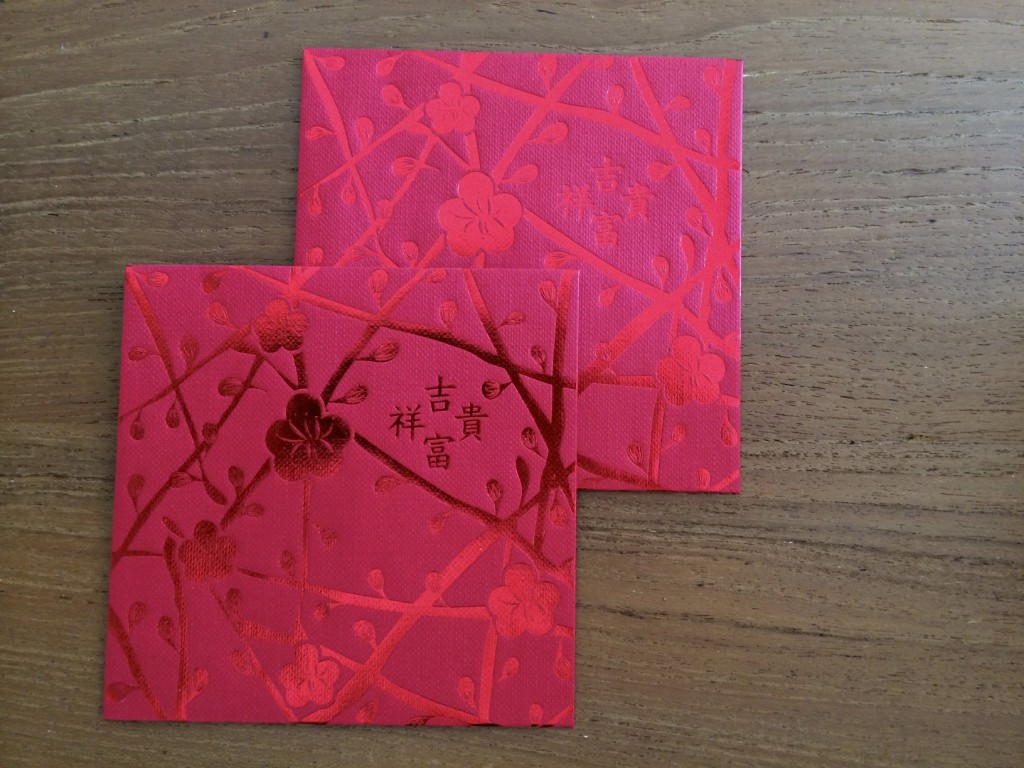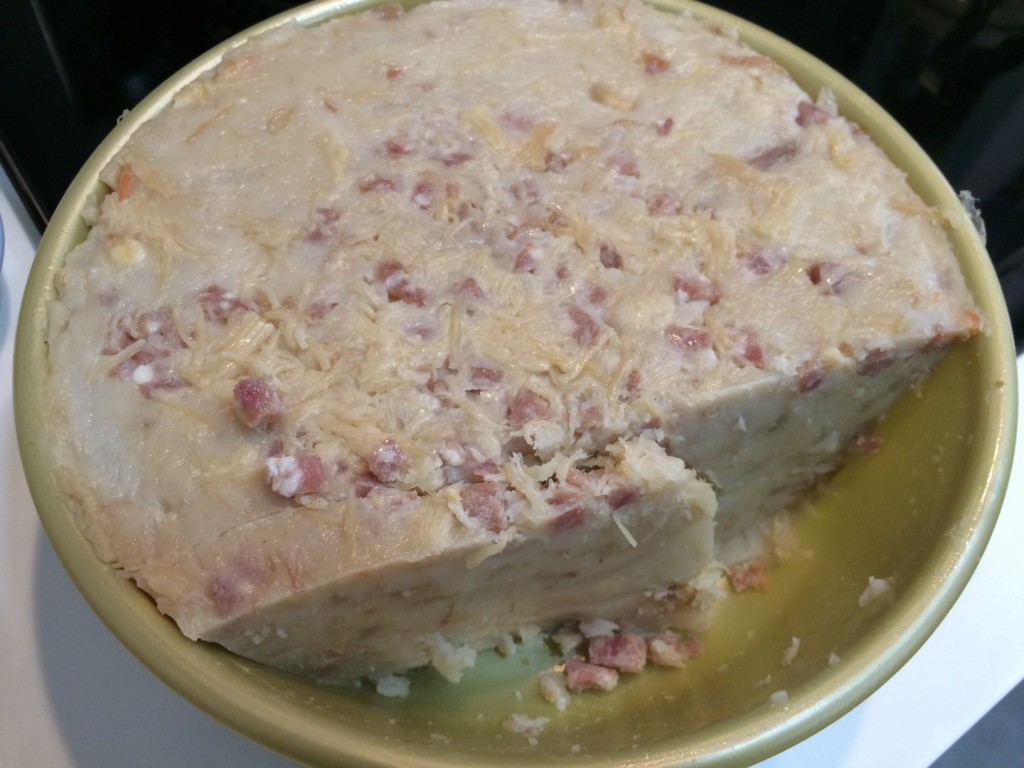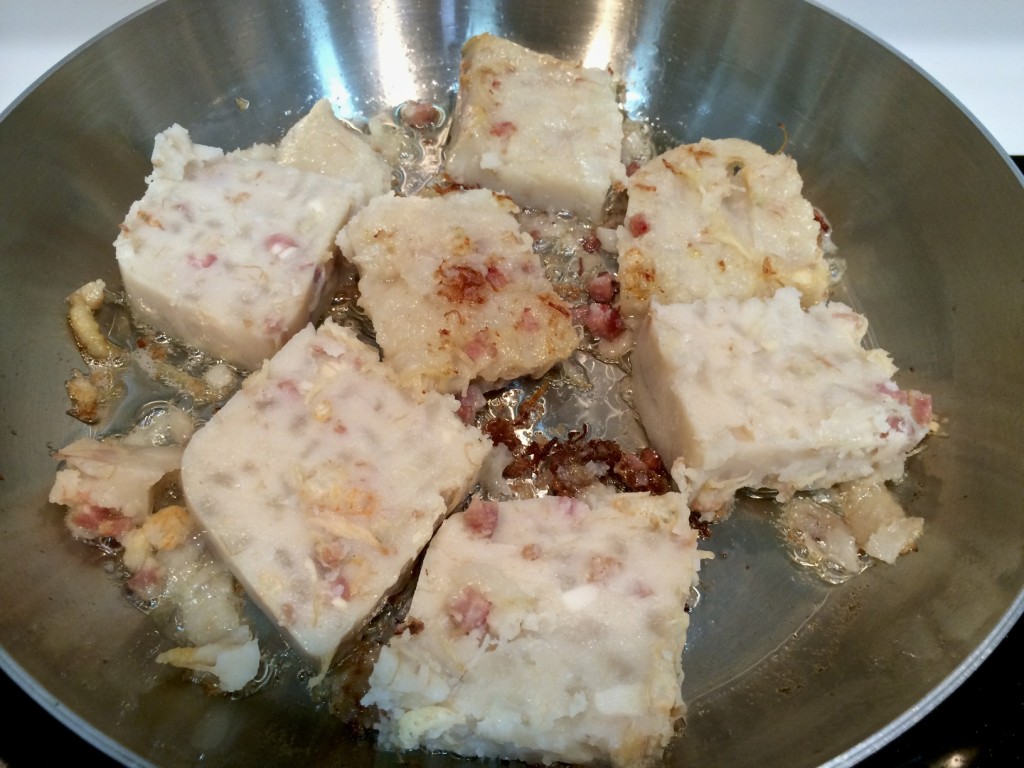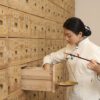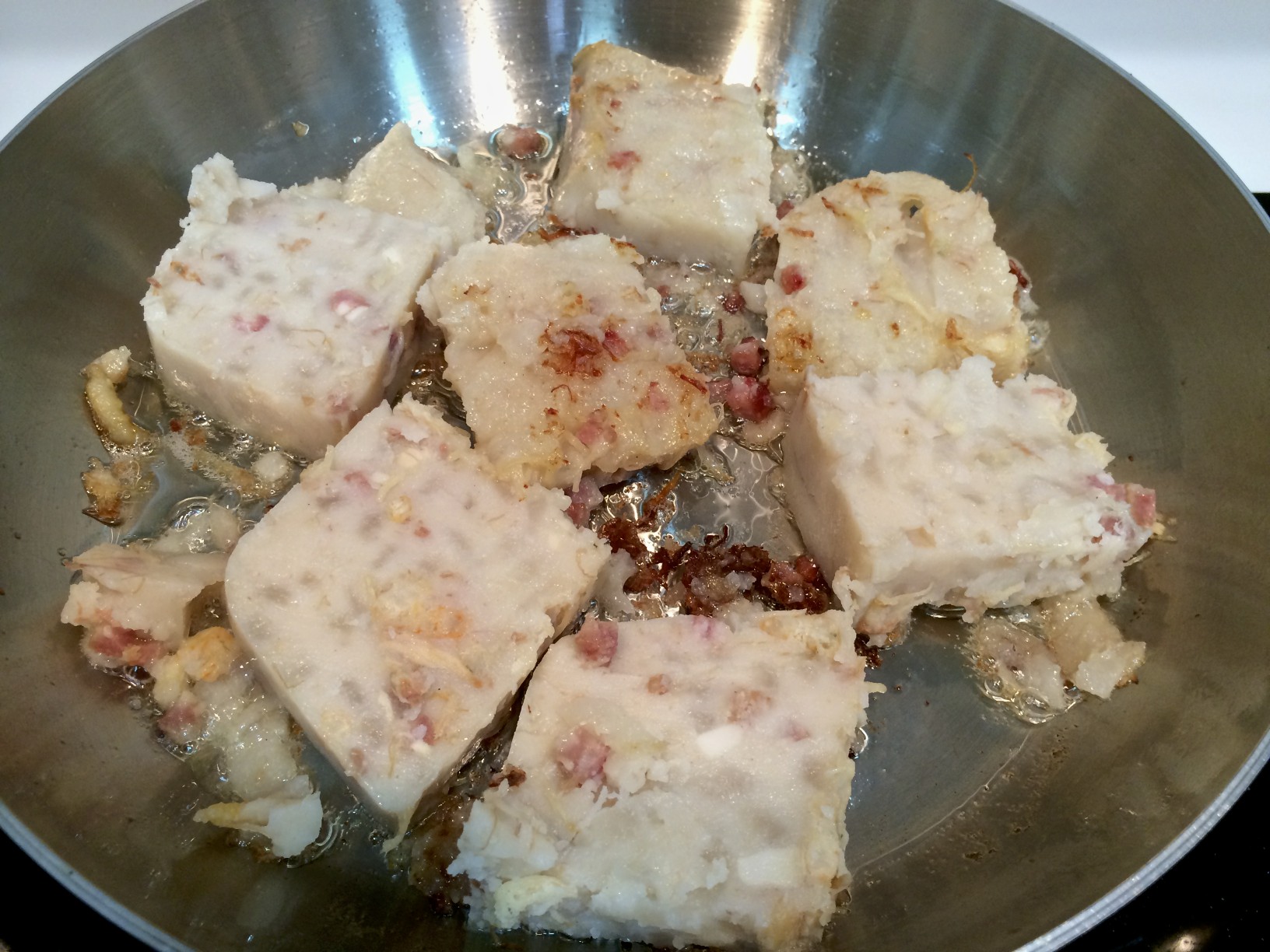
Happy Year of the Horse! Hong Kong Foodie wishes everyone a very healthy and prosperous year!
Today is the first day of Chinese New Year. Have you visited any relatives or friends to send your well wishes? If so, perhaps you might have been greeted with lots of festive sayings, given (or asked for) some lai sees (red pockets with money) and served some steamed cakes?
Word puns are common in Chinese. Many of them were developed from the practice of greeting each other with festive wishes towards wealth and health during Chinese New Year. It is also the cultural root for giving out “Lai Sees” (red pockets with money). Lai Sees are blessings of fortune and prosperity. Traditionally, Lai Sees are given by married, older generation to the younger generation, for example, by parents to children, from aunties/uncles to nieces and nephews, or older cousins to younger cousins. Don’t know whether you need to give someone lai see, check out this very useful chart.
One of the most traditional food served is steamed cakes. With turnips, yams, brown sugar or water chestnuts commonly used as base ingredients, steamed cakes are symbols of reunion, love and thanksgiving. Turnip- or yam-based cakes are savory in nature, flavored with Chinese cured meat, Chinese mushrooms and conpoy (dried scallops); brown sugar- or water chestnut-based cakes are sweet in nature, serving as desserts. Base ingredients are shredded or diced to be stir-fried in a wok with mixture of sticky rice flour and water until cooked before being steamed in a cake tin. After steaming, the cakes are settled in the fridge before they are pan fried and served to visitors as a loving welcome for the new year. Here are some turnip cakes being pan fried.
What type of steamed pudding have you had today?



